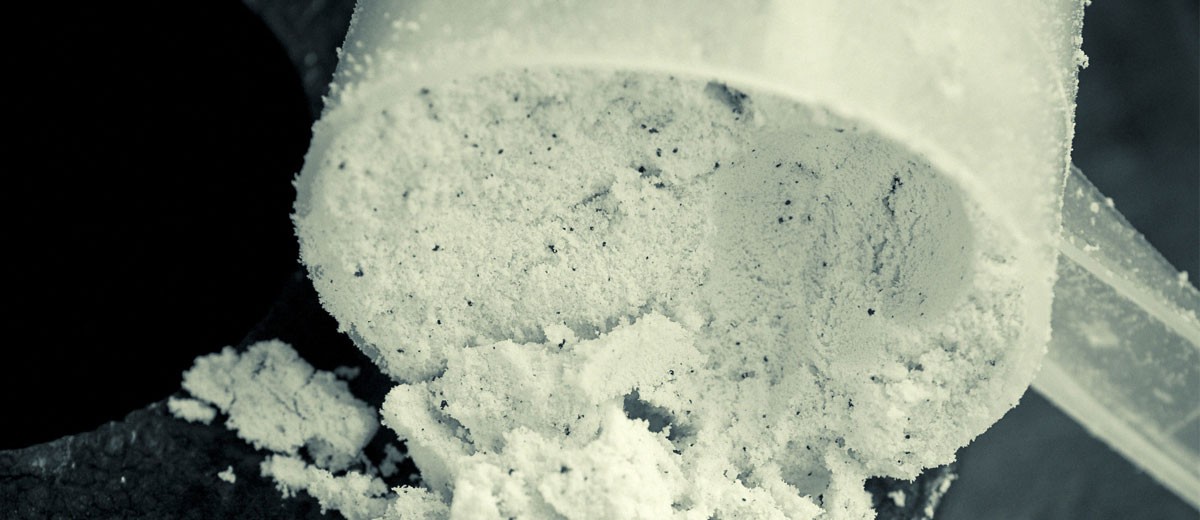Ahhh! If building muscle were as simple as “lifting things up and putting them down,” we’d all look like the gent in the video. Unfortunately, it’s a bit more complex. What you put into your body is just as important as how you exercise it. Everyone has heard the adage, “if you want to gain more muscle, have more protein.” The next recommendation is typically to try a protein shake. But what if you are lactose in tolerant? Here is another, what if you are a vegan? How about, you simply want to lose weight but maintain muscle? Welcome to a breakdown of protein basics.
What is protein?
Proteins are a part of every cell in our bodies, especially muscle cells. They are found in our cells and are constantly being broken down and replaced. This occurs in times like recovery from injury or a hard workout session. The protein that is found in the food we eat is further broken down into amino acids (AA’s). AA’s are considered the building blocks of proteins.
Amino Acids
AA’s are classified as either essential or non-essential. Essential AA’s are those which the body cannot produce on its own, thus needing to acquire it from an outside source such as meat or dairy products. Non-essential AA’s are produced by our bodies. In total there are twenty essential and non-essential amino acids. Having a constant intake and thus amino acids is key because the body does not store amino acids.
Source – Whole vs. Supplement
We can get it (and thus non-essential AA’s) from whole food sources such as meat, some grain products and dairy. Each source has its advantages. Such as cost, variety of preparation and let’s be honest — taste. But, a large volume of whole sources can leave you feeling constantly full and preparation can be time consuming. Enter supplementation.
The first and perhaps greatest advantage of supplementation is “BV” or biological availability. BV is how easily the body absorbs the nutrient. The easier the absorption, the higher the BV. The BV value is a factor when considering which protein to consume for your specific needs. The second advantage is availability. You have to prepare the whole food source, cook it, eat it and digest it in order to reap the benefits. A major disadvantage is that it may not be readily accessible for consumption. Not the case with supplementation. Let’s knock out a list of the major supplement categories their suggested uses.
Whey
Whey is a by-product in the creation of cheese. This type of protein comprises about twenty percent of the protein in milk. With a high BV rating, whey is the most popular protein source. It is fast digesting and it comes in three general types.
- Whey Isolates: A higher quality source than whey protein containing between 90-98% protein and a high BV rating.
- Whey Concentrate: It is a more cost effective type of whey protein that is easier to make. It contains 70-80% protein when compared to the Isolate.
- Whey Blends: Contains concentrate and isolates, making it more cost effective than the isolates but giving it a higher protein ratio when compared to concentrates.
Usage: Prime time for this type is when the body is craving protein the most and that is following a work out. After a tough work out, muscles are nutrient starved and in need of protein to kick start the muscle growth process. Best choice is to use the isolates. During the day, the whey blends are a good choice because of its slightly slower absorption.
Casein
This type of protein is the primary source of the protein found in milk. It is very slow digesting when compared to whey. It is very high in the AA glutamine and popular in muscle building programs.
Usage: Due to its slower digestion, casein is typically use as a pre-workout and a pre-sleep supplement. It ensures that you have constant supply of muscle building force, while you sleep. It is also a great supplement to take upon waking up to kick start your body’s metabolism.
Egg Albumin (egg white)
Rocky wasn’t the only one who knew about the goodness found in an egg. It is not as high in essential AA’s as the yolk but it is much lower in fat and cholesterol.
Usage: Other than soy, it is one of the best alternatives for those who are lactose intolerant.
Soy
A good source of protein but not as good as whey, casein, or other whole food sources like milk or eggs. It has cardio-protective qualities and, also comes in an isolate form. Although soy is also available in an isolate form which increases it BV rating, it is still the least popular form being used by hard body seekers.
Usage: It is a good choice if you are lactose intolerant, vegan, or have other allergies to dairy.
How much do you need?
The recommended daily allowance for adults in the US is .8 grams of protein per kilogram (2.2 pounds per kilogram) of bodyweight, or approximately .36 grams of protein per pound of body weight. That means for a male that weighs 220 pounds, the minimum amount of protein he will need is 79 grams of protein. Now, for those of you who are involved intense forms of exercise and training the requirement number grows to one to 1.5 grams per pound of bodyweight.
There you have it, a basic but solid overview of every muscle seekers best friend…Protein. You have a number of choices to pick from, just remember to choose the source that has the highest BV rating, but won’t break the bank.
If you found this article helpful. Check these out: Testosterone Supplements: The Good, Bad & Ugly; 5 Muscle Building Foods

